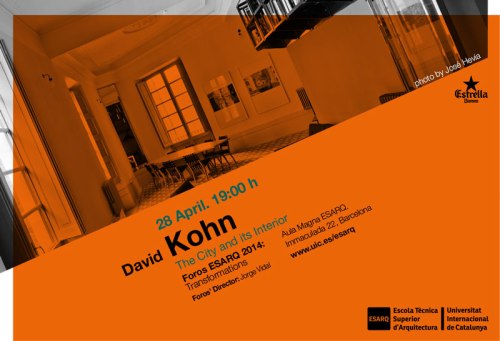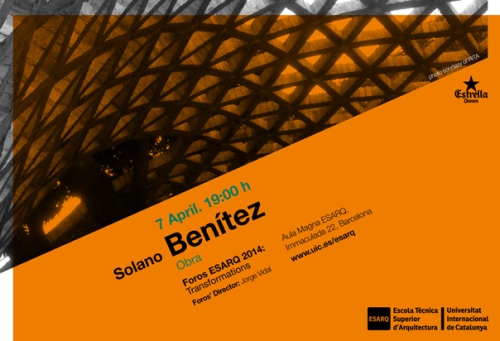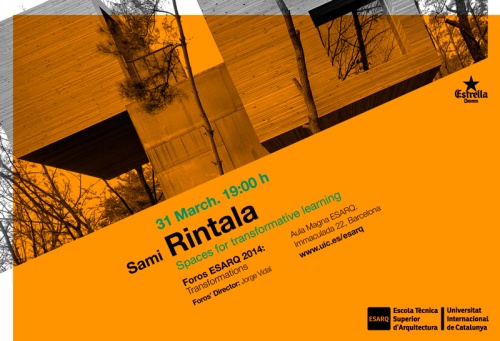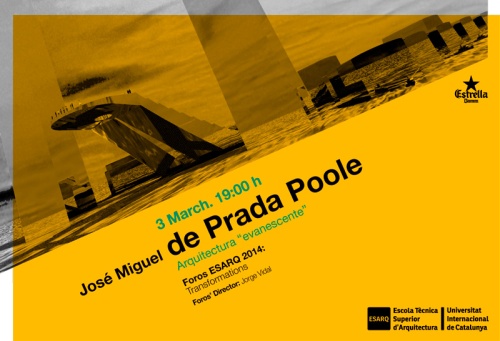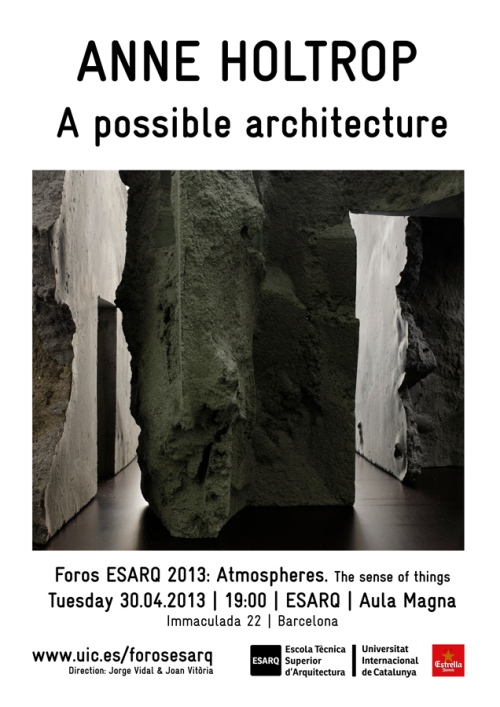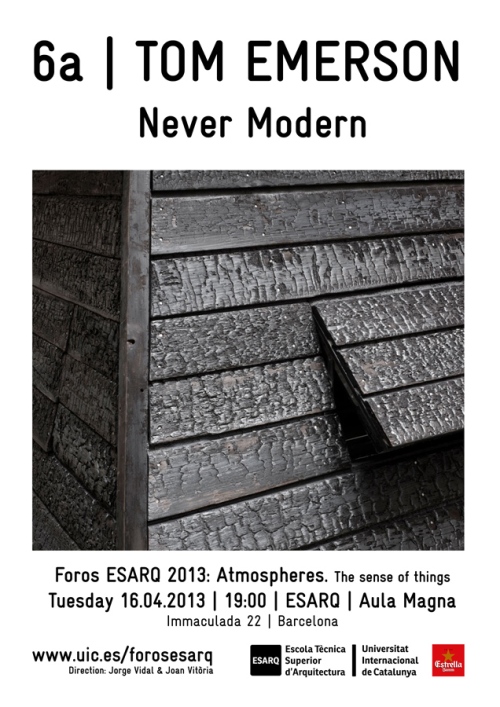
Pietro Laureano: “Ecomimicry, the architecture of the fusion: design with Traditional Knowledge”
Pietro Laureano, an architect and urban planner, is a UNESCO consultant for arid regions, water management, Islamic civilization and endangered ecosystems.
He lived eight years in the Sahara, engaged in the study and restoration of oases in Algeria. In numerous essays and books published since the late 1980s, he has demonstrated that oases are the result of human ingenuity, and that they represent a heritage of technical knowledge to combat aridity and a model of sustainable management for the entire planet. He has coordinated and managed projects based on the recovery of the ancient techniques of water harvesting systems with various international organizations throughout the Mediterranean, and in Yemen, Mauritania and Ethiopia. In particular, he has rebuilt the water systems of Petra, in Jordan, contributing to the UNESCO plan for ‘Greater Petra’, and restored canals and drainage systems in the monolithic town of Lalibela, Ethiopia, as team leader of the UNESCO and World Monument Fund (WMF) projects. He is currently producing an oasis eco-museum for the kingdom of Morocco and a publication that aspires to launch a worldwide appeal and to promote an alliance between Arab countries for the protection of oases.
He is the promoter of the recovery of the troglodyte city of the Sassi of Matera in southern Italy, which had been completely abandoned in the 1960s. To this end he spent ten years in the Sassi of Matera, living in caves he restored using traditional methods and recovering prehistoric systems for the collection of rainwater and methods of passive cooling. He is the author of the reports that led to the inclusion of the Sassi and the Cilento Park on UNESCO’s World Heritage List and has contributed, with his example and activities, to the model of success achieved in these two areas in relation to the recovery of urban ecosystems and the preservation of landscape.
He is founder and coordinator of Ipogea, Centre for Studies on Traditional Knowledge, a non-profit organization based in Florence and Matera that carries out projects to preserve landscape through the use of ancient systems such as dry stone terraces, water harvesting cisterns and catchment tunnels.
He is part of the work group responsible for drafting the new UNESCO Landscape Convention. As Italian representative on the Technical-Scientific Committee of the United Nations Convention to Combat Desertification (UNCCD), and as Chairman of the Panel for Traditional Knowledge, he has promoted the creation of a World Bank of Traditional Knowledge and its Innovative Use (www.tkwb.org). This initiative is being pursued with UNESCO through the creation of the International Traditional Knowledge Institute (ITKI), based in Florence, which will have a decisive role in shaping the new Landscape Convention. His numerous publications and his work in general have been widely reported in the international press.
www.ipogea.org/site2/


